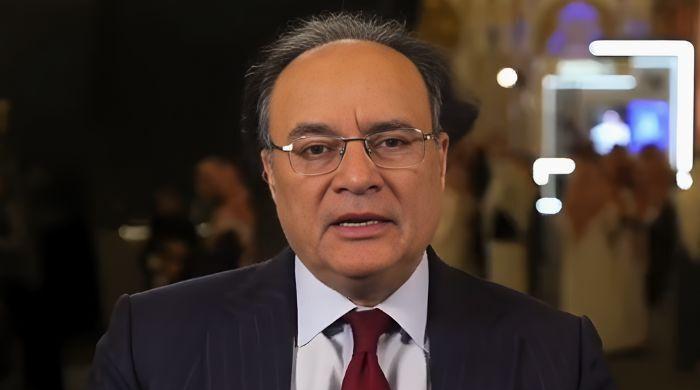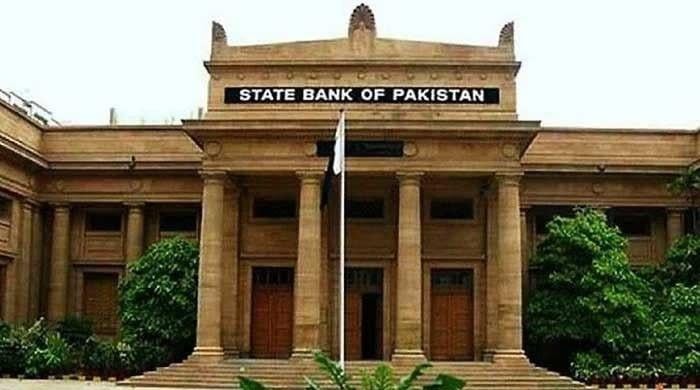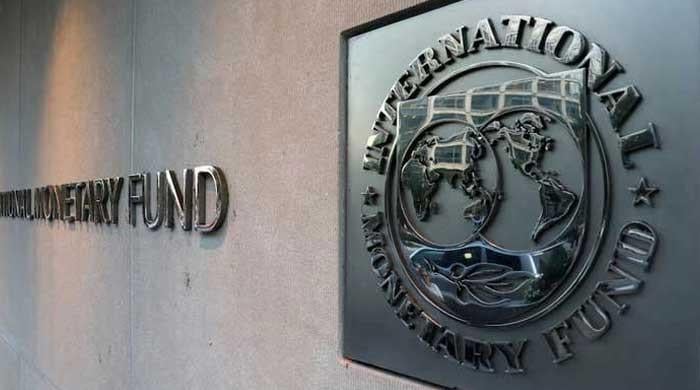LSM contraction for 10th straight month raises concerns about economic growth
Economists attribute slump to a combination of economic instability and ongoing political unrest gripping country
June 16, 2023

- Economists attribute slump to economic instability, political unrest.
- Major sector to report an increase in output was garments.
- Since May 2023, LSM outputs have been on a downward trajectory.
ISLAMABAD: Pakistan's large-scale manufacturing (LSM) sector shrank by 21.07% in April, marking the tenth consecutive month of contraction, data from the Pakistan Bureau of Statistics (PBS) showed.
The decline was broad-based, with 20 out of the 22 sectors registering lower production. Only garments and football saw an increase in output.
The decline was led by a fall in the output of textiles, food, coke and petroleum products, chemicals, automobile, pharmaceuticals, cement, fertilisers, iron and steel, furniture, leather products, electrical equipment, and non-metallic mineral products.
The major sector to report an increase in output was garments, which rose by 2.1% and football by 3.45%.
The LSM sector is a key driver of Pakistan's economy, accounting for around a quarter of gross domestic product (GDP). The decline in the sector is a worrying sign for the economy, which is already facing a number of challenges, including high inflation, a widening current account deficit, and a depreciating rupee.
Economists attributed the slump to a combination of economic instability and ongoing political unrest gripping the country. They warned that the slump could have unfavourable consequences, including a loss of jobs, a widening trade deficit, and a decrease in economic growth.
Inconsistent policies, excessive bureaucratic hurdles, and a lack of long-term planning have deterred both domestic and foreign investment in the industry, the economists said. The ongoing economic and political instability has also led to a decrease in investor confidence, resulting in a slowdown in manufacturing activities.
High energy costs, rupee devaluation, and costly bank financing have also contributed to the negative growth of the sector. Several businesses have been forced to scale back operations or reduce operating hours, while others have shut down their plants
Since May 2023, manufacturing outputs in Pakistan have been on a downward trajectory. The sector experienced a contraction of 1.86% in July, the first month of the fiscal year. Since then, the decline has continued in a sequential nosedive.
It is to be noted that in March 2023, the LSM growth was at -25%, which further tumbled by -21.07% in April. From July to April of the outgoing fiscal year, the industrial output saw a negative growth of 9.4% compared to the same ten-month period of last year. Likewise, LSM output contracted -9.78% in April over the previous month.
In the fiscal year 2021-22, the manufacturing sector in Pakistan recorded robust growth of 11.7% compared to FY21. This growth was attributed to increasing global demand and favourable government policies that not only stimulated the sector but also contributed significantly to overall GDP growth.
On a year-on-year basis, in April 2023, the output of the following sectors went down:
- Textiles — 33.3%
- Pharmaceuticals — 32%
- Food — 5.9%
- Non-metallic minerals — 24.5%
- Iron and steel — 10.2%
- Chemicals — 7.9% (of which chemical products output was down 15.1% and fertiliser reduced by 2.6%)
- Machinery and equipment — 43.3%
- Automobiles — 75.5%
- Cement — 23.8%
- Sugar — 92.5%
- Cotton yarn production — 29.9%
- Cotton cloth — 17.5%
- Petroleum products — 20.4%
- Cement production — 23.8%
- Computer, electronics, and optical products — 37.8%
- Furniture — 15.9%
- Wood products — 9.8%
- Tobacco — 61.6%
- Rubber products — 13.4%
- Leather products — 0.86%
- Fabricated metal — 26%
- Electrical equipment — 28.1%
- Other transport equipment — 49.3%
The PBS further reported that output during July-April FY23 as compared to the same period of FY22 has increased only in garments by 27.36%, leather by 2.15%, furniture 40.6%, and football 30.76%.
Whereas, food output in these ten months declined 8.5%, beverages 3.8%, tobacco 27.45%, textiles 17.86%, wood products 64%, paper and board 7.1%, petroleum products 11.24%, chemicals 6.4%, pharmaceuticals 24.3%, rubber products 8.6%, non-metallic mineral products 11.76%, iron and steel 4.65%, fabricated metals 15%, computer, electronics, and optical products 27.65%, machinery and equipment 45.5%, electrical equipment 13% and automobiles 45.6%, while other transport equipment 39.6%.
Likewise, cement output also declined by 13.8% in these ten months, sugar 15.4%, cotton yarn 20.5%, cotton cloth production down 11.4% over the same period of last year.
Originally published in The News









